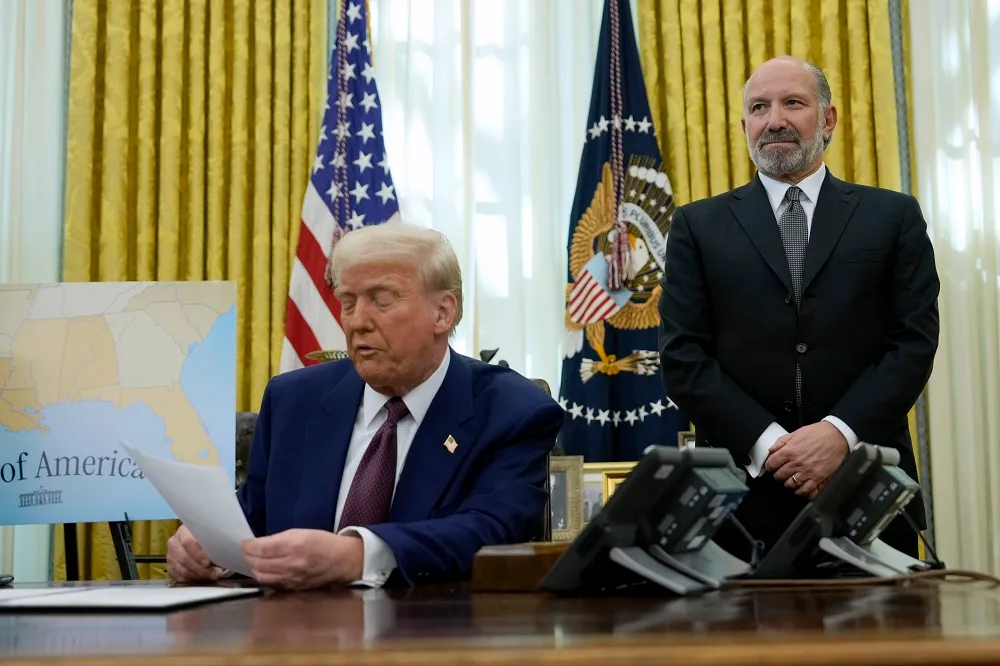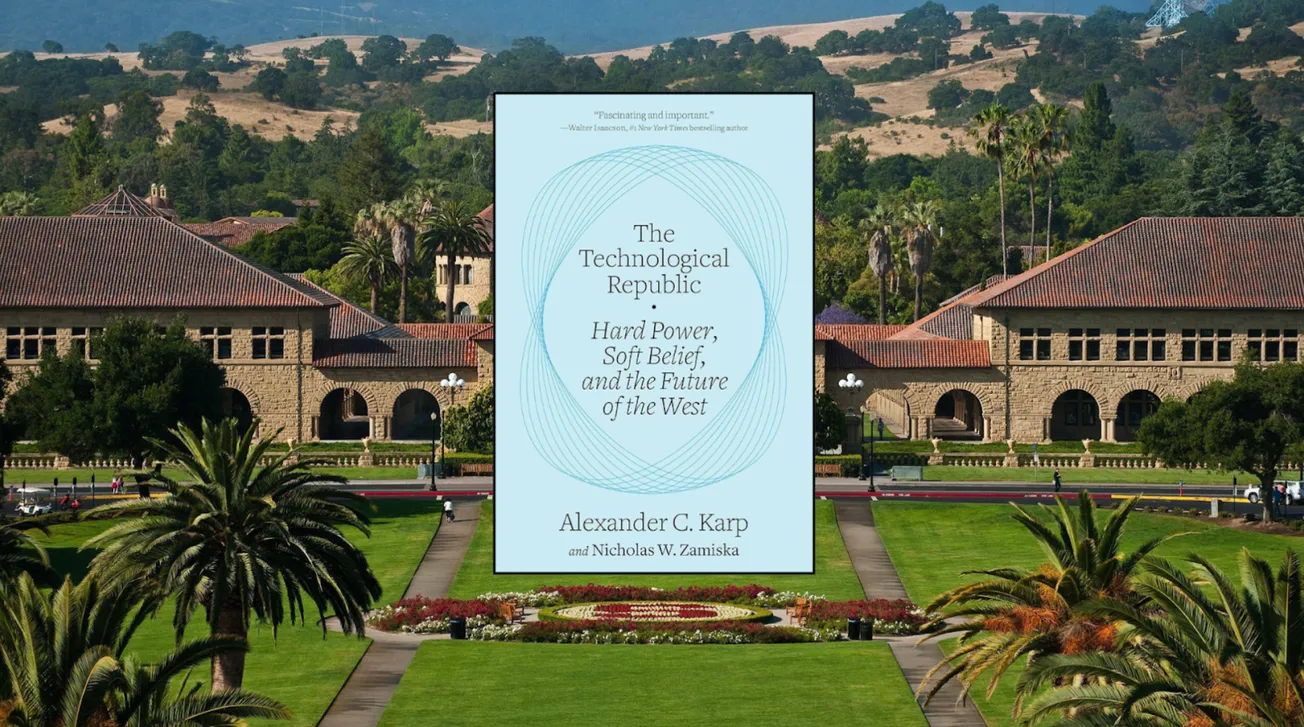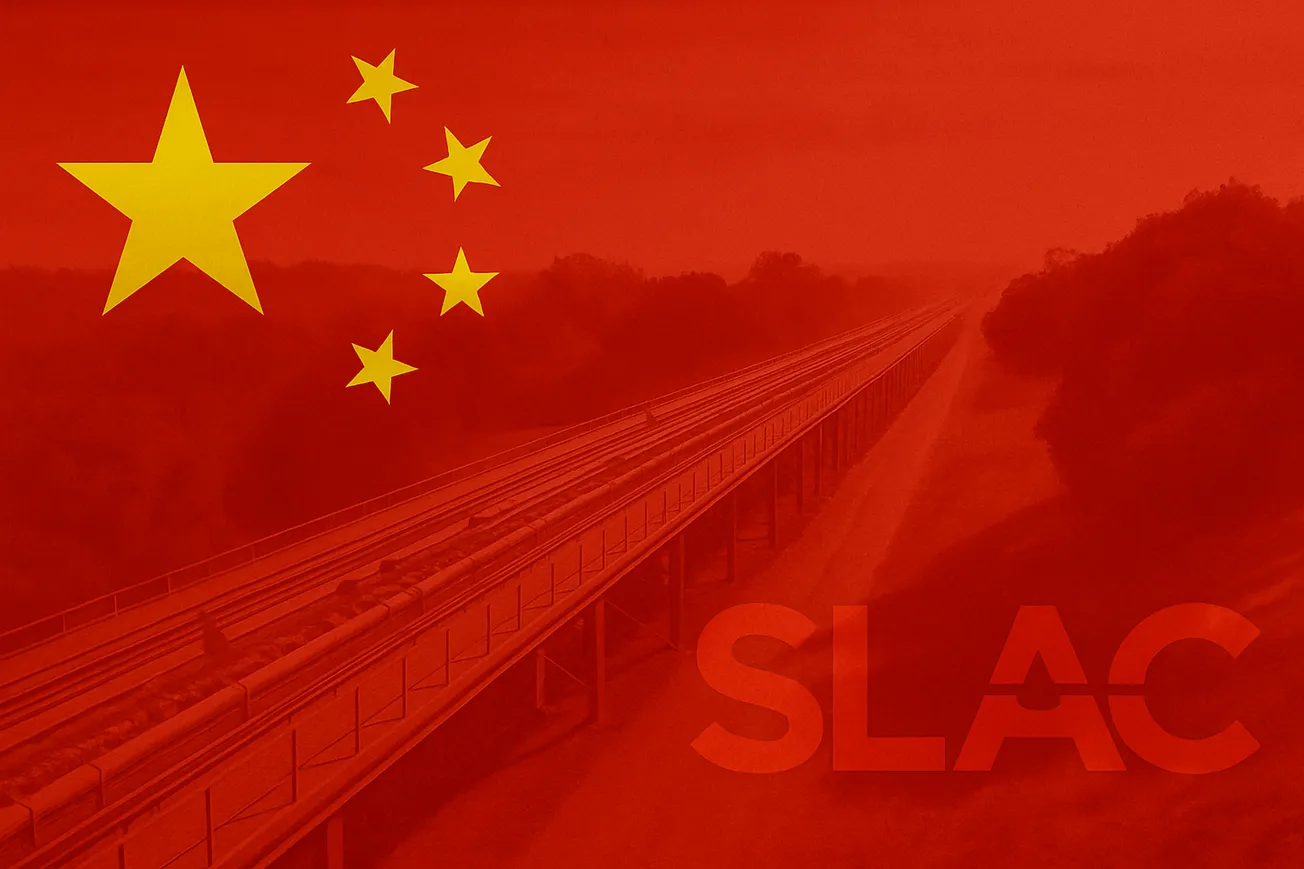Table of Contents
Just days after pausing his 25% tariffs against Mexico and Canada, President Trump imposed 25% tariffs on imports of steel and aluminum from all countries.
The stated objectives of President Trump’s tariffs–before, stopping the flow of fentanyl, and now, “making America rich again”–are laudable. Trump’s actual objectives–reducing the trade deficit he despises, flexing the diplomatic muscle he cherishes, or something else entirely–are debatable. What is not debatable? That tariffs threaten to derail America’s economic recovery.
Against the backdrop of nonsense from both sides of the aisle about what tariffs do and do not achieve, one economic fact stands out in sharp relief. Economic theory predicts that the combination of decreased competition and increased input costs drives businesses to raise prices. History proves that argument. A statistical analysis by the National Bureau of Economic Research of half a century of data from 151 countries found that across the board, increases in tariffs cause increases in inflation, especially during times of economic expansion.
There is near-unanimous consensus among economists that Trump’s tariffs will drive up the cost of goods. The non-partisan Budget Lab at Yale University forecasted that if Trump’s paused tariffs went into effect, the purchasing power of the average American household would fall by $1000 per year. A Brookings Institute analysis projected that they would increase the inflation rate by 1.3 percentage points, putting it over double the Fed’s target level. And those forecasts do not even account for the most recent round of tariffs.
But apart from threatening FloMo’s avocado supply, what damage does inflation do?
High inflation will force the Fed to maintain high interest rates. Notwithstanding rosy assurances of a soft landing, the risk that protracted inflation necessitates higher for longer interest rates still looms large. Just days after Trump’s first round of tariffs, the president of the Chicago Fed warned that a resurgence in inflation would force the Fed to further delay rate cuts.
Elevated rates threaten to unleash a torrent of debt defaults. By design, high rates make it more expensive for borrowers to service their debt. Yet American businesses are perched precariously on the edge of a cliff: Combined, they have over $2 trillion of debt due for repayment next year. If they struggle to pay it back, the American economy will go into a tailspin.
Acute readers might object that Trump’s tariffs are not the sole cause of high interest rates. While those readers would be correct, they would also be missing the point. Enacting inflationary policies at a critical moment in our economic recovery is shortsighted at best and irresponsible at worst.
Supporters of Trump’s tariffs argue that they counter the unfair trade practices of our economic partners. This claim is certainly compelling in the context of China’s rampant subsidies and theft of American intellectual property. But it begs the question: why slap 25% tariffs on Canada and Mexico, but only 10% tariffs on the worst offender? And further: how much economic pain should we endure in the name of reducing a trade deficit that has persisted for over half a century?
Certain advocates of peace through strength see Trump’s tariffs as a projection of American power. They would do well to remember that the fount of American hegemony is the American economy. Our GDP growth funds the troops and technology that uphold our national interests. Tariffs endanger that growth. Those who support them should ask themselves: Is it more important to show strength, or to have it?
Many of President Trump’s proposed economic policies promise to reinvigorate American industry. Tariffs on our North American trading partners promise to slaughter it.









